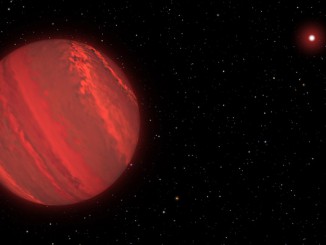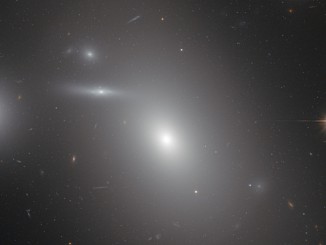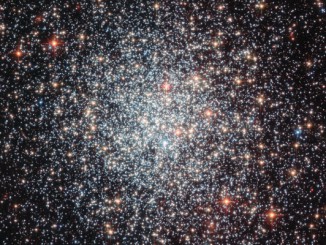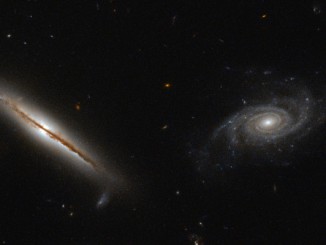
Introducing WFIRST — NASA’s wider set of eyes on the universe
With a view 100 times bigger than that of the Hubble Space Telescope, NASA’s Wide Field Infrared Survey Telescope (WFIRST) will aid researchers in their efforts to unravel the secrets of dark energy and dark matter, and explore the evolution of the cosmos. It also will discover new worlds outside our solar system and advance the search for worlds that could be suitable for life.









